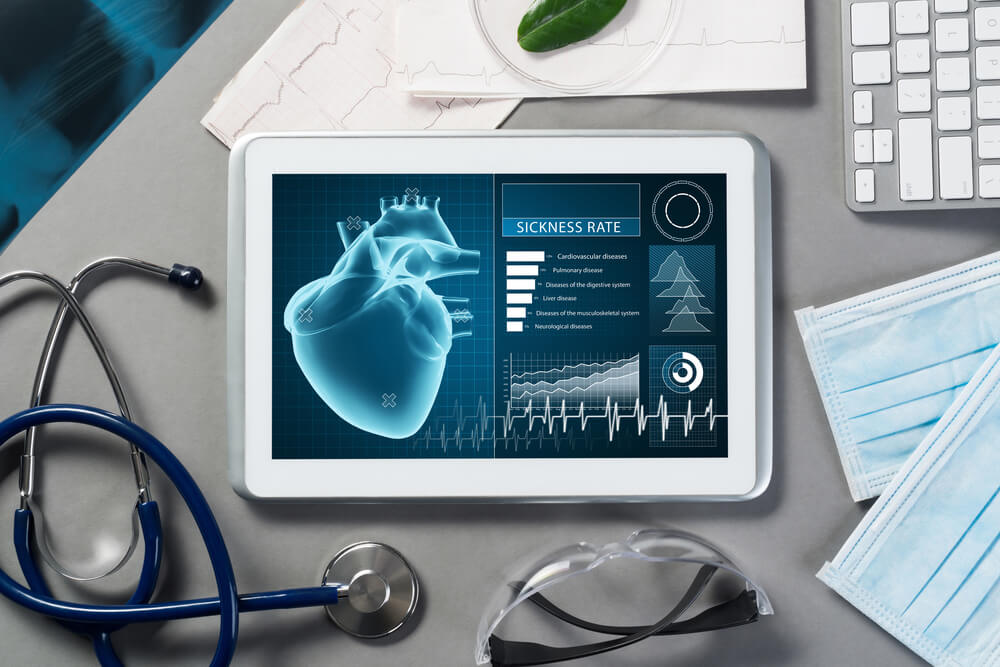Medical device development is following a similar evolution to drug development in terms of regulation. This is primarily to ensure that medical devices meet the same robust safety and efficacy requirements as drugs. However, we are also seeing convergence between the regulation of drugs, medical devices, cosmetics and nutritional products as international regulators anticipate a huge opportunity for data integration and standardization, leading to more effective management and use of these data in future.
In this blog, we consider the key differences between drug and medical device trials and how the landscape for medical device development is changing.
Differences in Development Process for Drugs and Devices
Most medical devices and device/drug combinations must go through a clinical development pathway, but the range of medical devices – from tongue depressors to devices implanted in the brain to stimulate nerve activity – means the route to market can vary. So what are the key differences between the development process for drugs and devices?
In drug development, all drugs must be tested preclinically before being evaluated in patients. In this stage, drugs will undergo testing for safety and effectiveness in laboratory tests and in animal models. If the preclinical data is satisfactory, regulators will then allow the drug to be evaluated in clinical trials. A similar process occurs for medical devices – but there are some key differences, as we will learn later.
Drug trials are split into phases 1, 2, and 3 each recruiting an increasing number of participants to answer different questions. After approval, companies will continue follow-up and surveillance and this is termed phase 4. The FDA has a helpful explanation of the purpose of each phase of drug trials.
The most common design for clinical trials leading to a drug approval is the double-blind, randomized controlled trial. But a further important difference is that not all medical devices need to be tested in a brand-new clinical study. The extent of clinical evaluation required depends on the class of device being developed but can be based on clinical studies already carried out, or on equivalences (i.e. that the product is the same as another one in terms of its biological, technical and clinical properties).
Until recently, if there was a similar device on the market then it was not necessary to perform a clinical study with the new device. If no similar device exists, a clinical trial was required. However, recent changes to EU regulations for medical devices mean that increased clinical data is likely to be needed for new and existing devices. Moreover, pre-approval clinical studies rather than equivalency statements will be mandatory for all class 3 devices (such as implants).
In device trials, it is also anticipated and expected that products will develop iteratively from the preclinical phase when the initial prototype is built to and during pre- or post-marketing clinical use of the product. In terms of the product’s safety, the post-marketing surveillance is exactly the same: manufacturers must be aware of the market signal from post-marketing and real-world experience studies. In terms of the product’s effectiveness, the efficacy (for a drug) or the balance-to-risk ratio (for a device) is different: for devices the benefit-to-risk balance has to be reviewed every one-to-five years. This is not the case for the drug efficacy (although if a drug is less effective, this is likely to emerge through post-market surveillance anyway).
What are the Regulatory Requirements for Medical Devices?
Both US and EU regulations classify devices based on risk. Regulatory requirements and the extent of clinical evaluation required is then based on these classifications.
Examples of the lowest risk classes of device would be patient examination gloves, prescription glasses and tongue depressors. Higher risk classes of device usually support or sustain life or have the potential for unreasonable risk of illness or injury. Examples include pacemakers and breast implants.
In the US much of the existing FDA 21 CFR regulations cover device trials, and its device development process outlines the distinct levels of regulatory control for the FDA’s three different device classes.
In Europe, medical devices must carry a CE mark, obtained by submitting a clinical evaluation report to show that the benefit-risk ratio of the medical device meets European standards. Companies can decide whether to have a CE mark per product or for several similar products. The CE is reviewed every one-to-five years (depending on the device class and risk analysis), and at this stage the CE mark may be revised. For CE marking, all medical devices are required to have evidence of a post-market clinical follow-up (PMCF) or a justification for why a post-market clinical follow-up (PMCF) is not required (for example, in the case of a lower risk device).
However, there is significant change afoot: the new Medical Device Regulation (MDR) was adopted in 2017 and comes into force fully in 2020 and 2022, respectively. The new regulations replace previous standards: the Active Implantable Medical Device Directive (90/385/EEC) and the Medical Device Directive 93/42/EEC). They are more stringent and will require:
- Certification of around 90% of IVDs, an increase from around 10% today
- Reclassification of some devices
- Post-market surveillance and performance assessment for most devices
- Unique device identifier numbers on labeling
- Increased liability for defective devices
There is also a change to the role of Notified Bodies (NBs) under the new regulations, which will see NBs shift from providing consultancy to playing enforcer roles and reviewing applications. With the new regulation, NBs will require accreditation, which could mean there are fewer of them. There are concerns that this shift will create a significant workload for a lower number of NBs that could delay device review and approvals.
The new MDR also applies to medicines combined with a medical device. In February, the European Medicines Agency published its first guidance on this topic.
Trial Designs and Data Sources for Developing Devices
A recent article by the FDA outlined a broad range of alternative trial designs and data sources that can provide regulators the information they need about the clinical performance and safety of medical devices which could avoid the need for new large-scale clinical studies in some scenarios.
In one example, approval of an MRI-safe pacemaker was based on mathematical modeling simulations of thousands of combinations of device and patient geometries and MRI scan conditions, validated with bench and animal studies, to provide strong evidence that the device would be safe in the proposed clinical context.
In a second example, registry data was used in the initial development of a transcatheter heart valve and, by providing real-world clinical experience data, supported the later approval of the device for a broader patient population.
This is a relatively new approach for the FDA but less so for Europe, where all devices already require post marketing clinical follow up (PMCF) and registry data plays a key role in these evaluations.
Tools that can support automated data collection using electronic health records will be an advantage to medical device developers trying to fulfill the new requirements. They can help reduce data collection costs and broaden the scope of the collection, especially as data collection continues throughout the life cycle of a medical device.
Image Credit: Khakimullin Aleksandr / Shutterstock.com





























